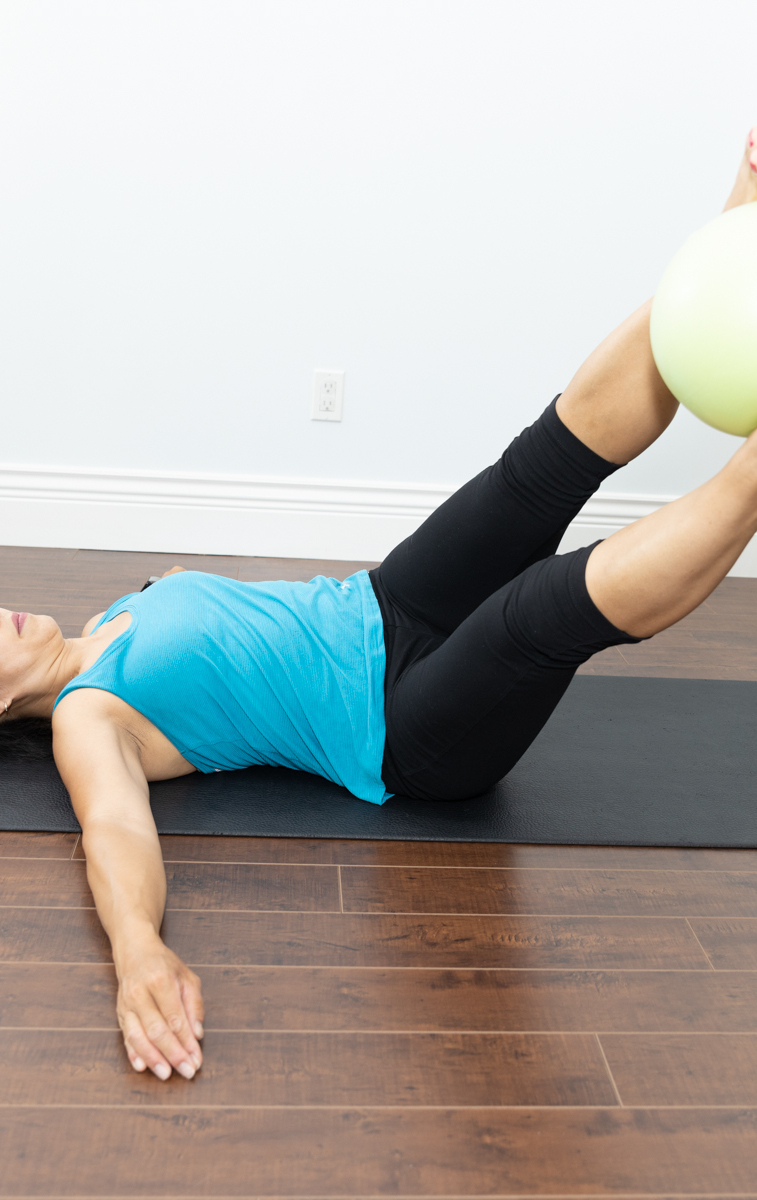
Did you know that more than 3.5 million Canadians (about 10% of the entire population) deal with urinary incontinence, or UI? Did you also know that women are vastly more affected by UI, with 1 in 4 women middle-aged or older reported experiencing urinary incontinence? These are the facts according to several studies of UI in Canada, which shows that this is by no means an uncommon condition.
Urinary incontinence is a common condition where you lose bladder control. Many people find it embarrassing to discuss incontinence, let alone seek help for it. But I suspect that these people would be reassured if they knew how many others go through the exact same thing.
Incontinence isn’t a dangerous or damaging condition, but it can still have a big impact on your quality of life. It might force you to adjust your plans (and your life in general), put you in awkward or embarrassing situations, or simply make you feel more self-conscious. Fortunately, bladder incontinence is absolutely treatable, and can even be eliminated entirely. How? The best way is with Pelvic Floor Physiotherapy.
Urinary incontinence (UI) is a loss of bladder control and resulting leakage of urine. Incontinence means the involuntary release of urine at the wrong time and/or place. There are three main kinds of UI:
Also known as overactive bladder (OAB), urge incontinence is characterized by a persistent feeling of needing to pee throughout the day, even when you just went. It’s common for those with OAB to urinate accidentally.
Stress incontinence refers to excess strain or pressure, causing you to involuntarily release urine. The pressure or strain of laughing, coughing, lifting, or exercising can overpower the pelvic floor muscles, creating a leak.
Mixed incontinence simply means you’re showing signs of both stress and urge incontinence.
While men can experience UI, women are most affected—especially as they age or if they’re dealing with weakened or injured muscles in the abdomen and pelvis.
It’s proven that menopausal and postmenopausal women are particularly affected by bladder incontinence. A 2022 study by the American Urogynecological Society concluded that over 60% of adult women experienced urinary incontinence of some kind, with incontinence being more likely in older women. Women also commonly have concerns with incontinence during and after pregnancy—you’re much more likely to have incontinence post menopause if you dealt with it while pregnant.
The biggest thing to keep in mind is that incontinence is almost always related to the muscles controlling the bladder. Normally, it’s almost effortless to use these muscles (unless you’ve been holding it for a long time). But there are a few things that can cause these muscles to become weaker, making it harder to control your bladder. Common causes include:
Because UI is so often related to muscle issues, physiotherapy helps to address the problem directly. In my work as a physiotherapist, I’ve found two main types of treatment that can work wonders for incontinence: pelvic floor therapy and core rehabilitation.
1. Pelvic Floor Therapy
This is a specialized, personalized form of physiotherapy that focuses on the pelvic floor—a muscle group surrounding the pelvis. The pelvic floor supports your internal organs, holds the pelvis and lower back in alignment, supports the uterus and vagina, holds the weight of a growing fetus during pregnancy, and, yes, controls your bladder!
Pelvic floor therapy uses a mixture of stretching and strengthening to help you regain control over the muscles around your bladder. I customize the program for each client I work with, and the results can be astonishing within just a few weeks.
2. Core Rehab
Core rehab uses similar techniques to pelvic floor therapy, but with a focus on a larger part of the body. Many of the muscles within the abdomen are essential for bladder control, and targeted strengthening and stretching can greatly help with UI. With a custom treatment plan, you’ll build up core strength and stability, helping you manage incontinence much more easily.
Oftentimes when working with someone dealing with incontinence, I’ll use a combination approach of both pelvic floor therapy and core rehab. This can be a great way to accelerate the treatment process, helping to eliminate UI much more quickly.
Of course, no two cases of urinary incontinence are the same—hence the need for tailor-made treatment plans that take your needs, goals, and abilities into account. But there is one thing that’s shared in almost all instances of UI: the effect on your confidence. It’s understandable to feel embarrassed by incontinence—but I’m here to say you don’t have to put up with it! All it takes is beginning the conversation.
If you’re looking for relief from incontinence, I’m here to help—not to judge. For over 25 years and counting, I’ve had the opportunity to help dozens upon dozens of people (especially women) address their incontinence, building strength and stability along the way. I strive to make my patients feel comfortable, because my only goal is to get you to feel better.
My top goal when treating UI is to make each client feel as comfortable as possible. When we feel supported and at ease, it becomes so much easier to make the changes we need. I offer my guidance, support, and decades of experience, but make no mistake: this is a journey we’ll take together. By the end of our work, you’ll be feeling your usual, confident self again.
If you’re curious to learn more about how to treat urinary incontinence, I’d love to have a conversation with you. Book your initial assessment today and schedule a time to discuss your concerns and potential treatments.
© 2024, ProActive Pilates. All Rights Reserved. Designed by KIAI Agency